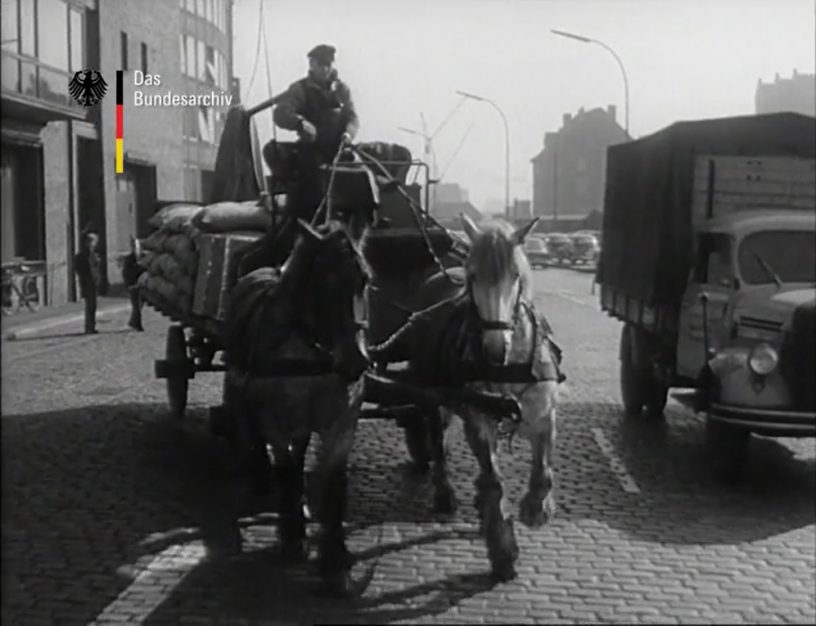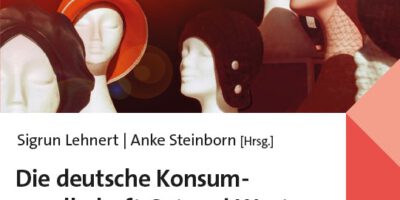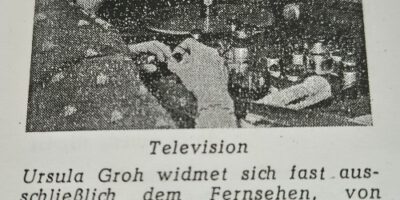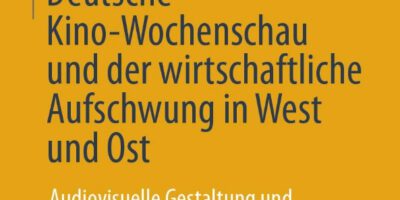Mediatization of nostalgia and self-nostalgizing media
The German post-war cinema newsreel was a medial format, which had been developed since the early years of the film era. It was first and foremost a compilation of short films, shown in the cinema’s interludes to inform people about recent incidents. During wartime, it was a propaganda instrument. After the Second World War, it became an instrument for re-education and in the post-war era, it had presentation, information, and entertainment purposes. The special design of the reports integrated a variety of material, such as film extracts, photographs, graphics, and writing in film montage – underlined by impressive music, sound, and the commentary’s voice. On the one hand, the newsreels built up a model for post-war television news and other documentary formats with the usage of these elements. However, on the other hand, it was impossible for newsreels to modernize their structure, as in letters to the production company the viewers expressed their wish to see the form that they were used to. By including self-references in the films, the newsreel cinematographers expressed their pride of using modern equipment: cameras and sound recording devices were shown. At the same time, the cinematographers’ working reports documented that they follow the roots of traditional photography.
The heydays of the German newsreels comprised the era of the economic miracle (‘Wirtschaftswunder’) in the 1950s and 1960s. Although the West German newsreel Zeitlupe showed modernism and modern live, the aim was to convey traditions and approved procedures, e.g. horse carts in Hamburg harbour in 1964 (see fig. from No. 744). The special structure of the editions allowed the newsreel to contrast traditional and modern topics. Thereby, they demonstrate the yearning for ‘the good old times’ in the hectic modern world – and thus nostalgia. By using archival material, flashbacks they made clear how the world had changed. In the East German newsreel Der Augenzeuge, looking back was often used for discrediting West Germany and proving West German ministers’ relations to Nazi times.
Newsreel snippets are now used in TV-documentaries and demonstrate the 1950s clichés – appealing nostalgic feelings and remembrance. Furthermore, filmic elements such as intertitles, which were common means for separating newsreel-stories (in the tradition of silent films), give today’s fictional films a nostalgic touch.
Is the contribution interesting for a conference, workshop or publication?
Let me know!
Leave a reply – make a comment!




Schreibe eine Antwort